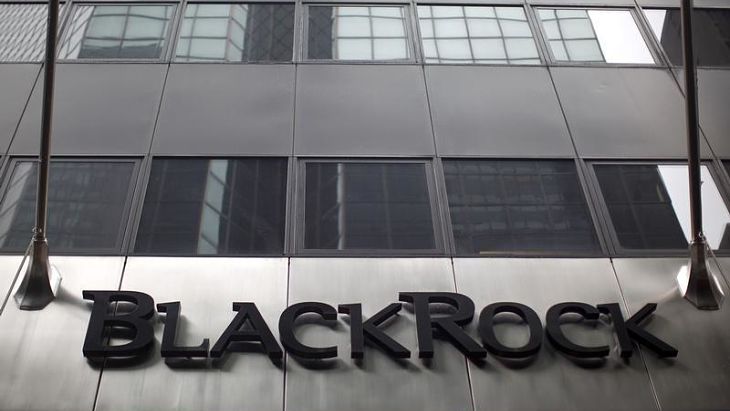It is widely known that institutional investors are increasingly embracing ETFs. Various data points and studies confirm as much.
For example, a report published earlier this year, “Institutional Investment in ETFs: Versatility Fuels Growth” from Greenwich Associates, commissioned by BlackRock, the world’s largest issuer of exchange-traded funds, said institutional investors will continuing boosting use of ETFs.
Greenwich surveyed 183 institutional investors regarding their ETF use, including 41 asset managers, 51 institutional funds (pensions, endowments and foundations), 47 RIAs, 24 insurance companies and 20 investment consultants.
Count insurance companies among the institutional investors expected to ratchet up their use of ETFs. In 2015, insurance companies held $15.4 billion in ETFs in their general accounts, compared to $14.1 billion in 2014 and $13.0 billion in 2013, according to the National Association of Insurance Commissioners (NAIC).
Insurers’ preferences for traditional beta-index ETFs may be not all to surprising as they are considered more conventional investment plays. Moreover, these funds may have garnered a high-quality, risk-based capital NAIC designation. The higher the quality, the less capital insurers will be required to back up the investment.
Insurance providers are “turning to ETF strategies like smart beta, which use computer models to augment passive holdings and promise to replicate everything a talented stock picker brings to the table except the emotions and fees. What’s more, demand for the newest smart beta product — multifactor ETFs — is strongest among insurers than any other investor class, according to the Greenwich Associates study,” reports Bloomberg.
